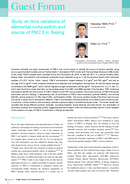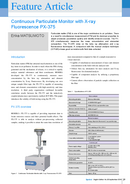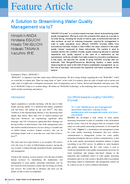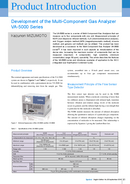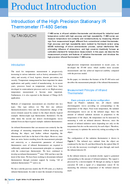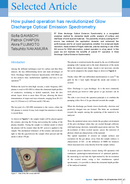PDF
2.28
MB

Foreword: Seeking for the Flexible Action for Rapidly Changing Market Taking Advantage of Various Core Technologies
Author: Masayuki ADACHI; President & COO, HORIBA, Ltd. -HORIBA Group is emerging as a vital player in the energy management field from present fossil-fuel combustion to next-gen various source conversion, to electricity. Not just in the environmental and energy field, our mission will be to correspond quickly, and remain flexible when following changes in the global market. Focusing on miniaturization and verticalization in the semiconductor manufacturing process, AI technology introduction in the automotive, medical, and various industrial processes, or IoT (Internet of Things) expansion will directly impact the HORIBA Group enterprise. I shall review every HORIBA Group potential from higher viewpoint and charge into the next stage.




